The Edinburgh Realty Blog
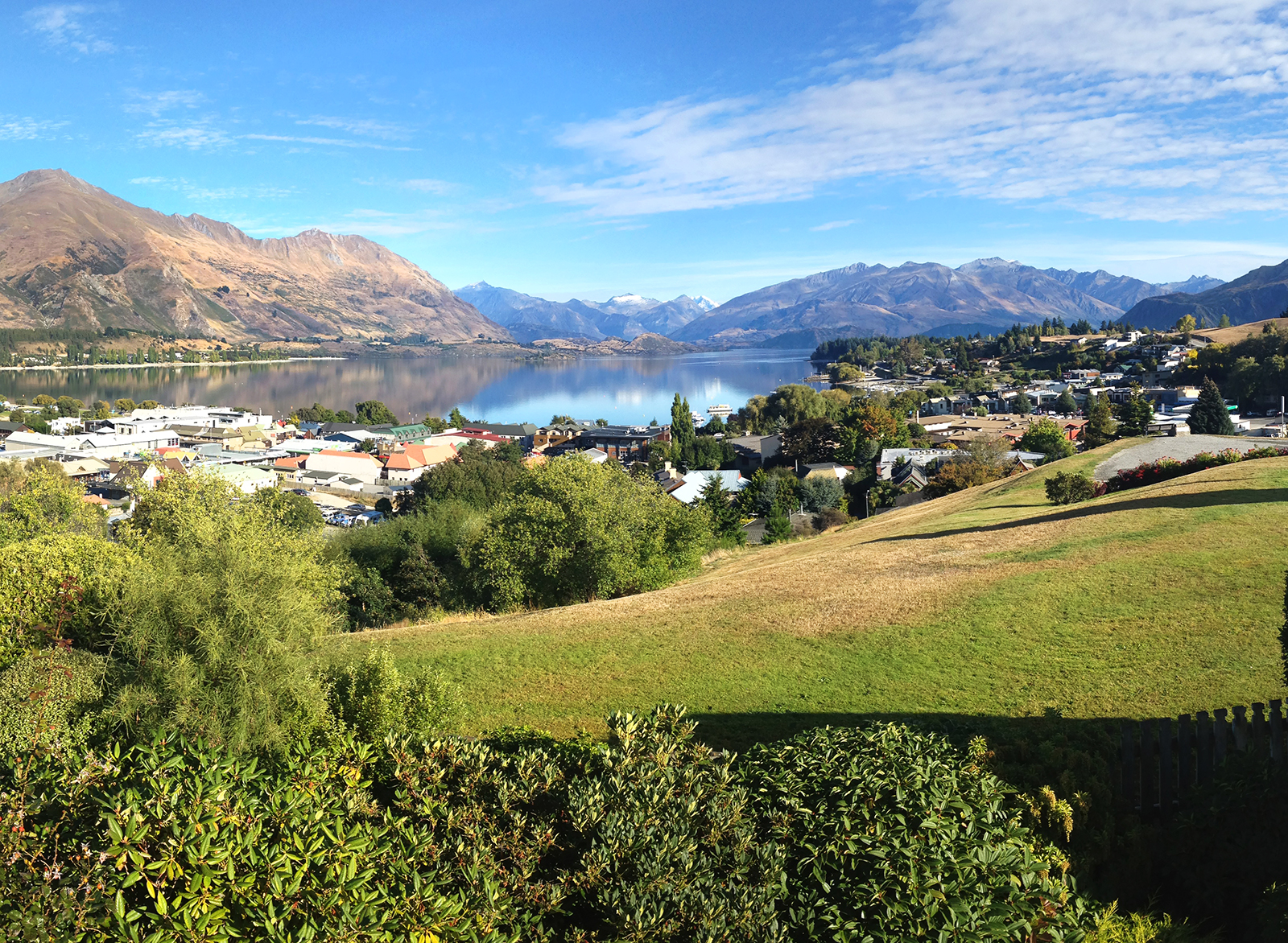
Wanaka
45 kilometres long and covering 193 square kilometres, the crystal clear waters of Lake Wanaka are perfect for jetboaters, sailors and kayakers to explore.
Nestled below towering mountains, Wanaka is the most tranquilly set of the South Island lakes. In winter, skiers flock here from all over the world for superb skiing and snowboarding at Cardrona and Treble Cone, cross-country skiing at Snow Farm and heli-skiing high in the Harris Mountains. But Wanaka, is much more than a winter destination. Year round activities include fishing, hiking, canyoning, climbing and skydiving. Visit the nearby towns of Queenstown, Cromwell and Alexandra, go shopping, or simply sit in a café and watch the world pass by.
One of the attractions of a stay in Lake Wanaka is that it combines the warmth of small town living with the quality and attention to detail you’d expect of an international holiday destination. Accommodation ranges from luxury lodges and boutique B&Bs to backpacker lodges and family holiday parks. It’s an easy walk to shops and restaurants from most accommodation and taxis cars and bikes are readily available. And if you want to head out of town, transport providers offer daily services to most popular destinations.
With its lake and mountain views, Wanaka has become a popular tourist resort, considered less commercialised than Queenstown. Wanaka boasts a growing number of restaurants, cafes and a diverse nightlife. Other attractions in the town include Puzzling World and the Paradiso Cinema. Puzzling World contains a maze, optical illusions and a leaning clocktower. The Paradiso is a classic old cinema, with seating consisting of old couches and an in-theatre Morris Minor. There are a number of wineries in the area.
Wanaka, situated at the southern end of Lake Wanaka, is the gateway to Mount Aspiring National Park. Wanaka is primarily a resort town but has both summer and winter seasons and is based around the many outdoor opportunities. Due to the growing tourism business and the increasing number of retirees in Wanaka, large growth is occurring, with a population increase of up to 50% in the past 10 years.
The town is part of the Queenstown-Lakes District and was originally settled during the gold rush of the 19th century. The first European in the area was Nathaniel Chalmers, who was guided inland by Chief Reko in 1853. Maori knowledge of the region is evidenced by an earlier sketch map from Chief Te Huruhuru at Waimate.
European settlement began in the Upper Clutha River Valley in the 1850s, with the establishment of sheep stations by runholders. The first station was at Albert Town, the only place where settlers could ford the Clutha River. The present site of Wanaka was first surveyed in 1863, and settlement increased in Pembroke (the old name for Wanaka) during the 1870s because of timber milling in the Matukituki Valley and the use of Lake Wanaka for transport. Tourism in the town began in 1867 with the opening of the first hotel, by Theodore Russell. Wanaka proved a very popular tourist destination because of its borderline continental climate and easy access to snow and water. The world's first sheepdog trials were reportedly held in Wanaka in 1867. Pembroke was renamed Wanaka in 1940.
A number of mountains surrounding Wanaka can be climbed, including Roys Peak, Mount Iron, Mount Grand and the Pisa Range, all of which provide views of the surrounding area. The biennial Warbirds over Wanaka airshow, has become a major attraction for national and international guests.
Wanaka is host to outdoor recreation and tourism activities with hiking, mountain biking, mountaineering, fishing, paragliding, kayaking, rafting, jetboating, and environmental activities. Wanaka has a sunny climate and serves as an access point to the highest New Zealand mountain outside of the Mount Cook region: Mount Aspiring/Tititea. Mount Aspiring National Park is popular for mountaineering and hiking. Tourists enjoy day trips into the park and many tourists go hiking in the park for up to a week at a time. Parts of the Matukituki Valley on the road to the park are popular for rock climbing, and for day walks. Lake Wanaka itself is popular for waterskiing, wakeboarding and sailing. This along with the local rivers provide many opportunities for fishing. There is a dedicated mountain biking area made by volunteers in a local pine forest. All the local ski resorts are open for mountain biking and hiking in the summer.
Wanaka has the broadest range of snow activity choices of any town in NZ. These include Treble Cone, Cardrona Alpine Resort, Snow Park and Snow Farm, some of New Zealand's premier commercial ski fields. Wanaka is the main accommodation provider for these resorts and so is very busy in high season (July–September). Treble Cone has good lift-accessed terrain and for this reason has become popular amongst visitors, 'ConeHeads'. It also catches some of the better snow in the area, with its location and orientation getting more snow from NW storms. Cardrona is more attractive to families and beginners, though an attempt has been made at the park riding population in competition with SnowPark. Snowpark is a dedicated 100% artificial terrain park for advanced riders. Snow Farm is New Zealand's only commercial cross-country ski field. Cardrona also hosts one of the few Olympic sized halfpipes in the world and has been used for practice for Olympic competition.

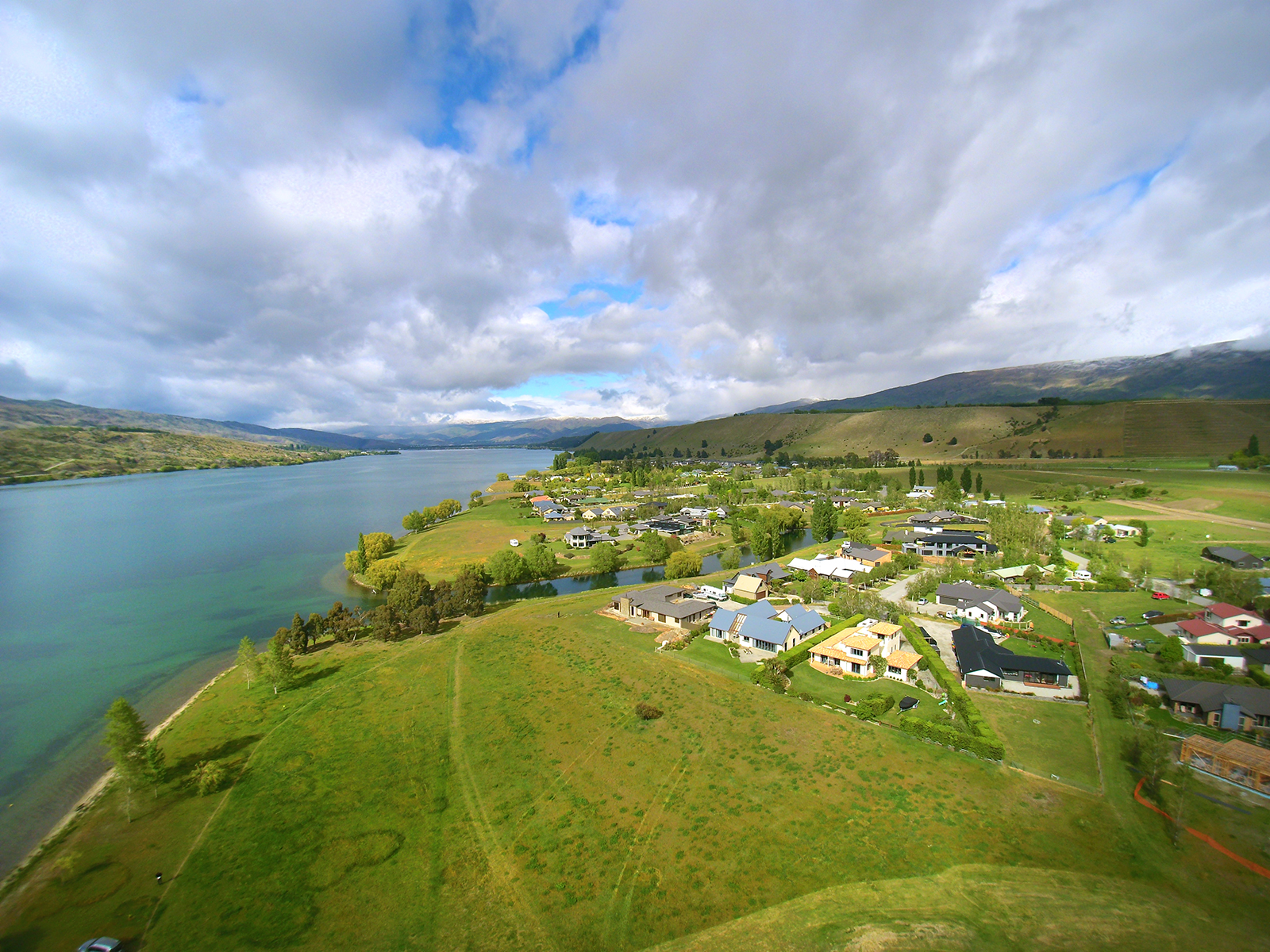 Pisa Moorings >>
Pisa Moorings >>
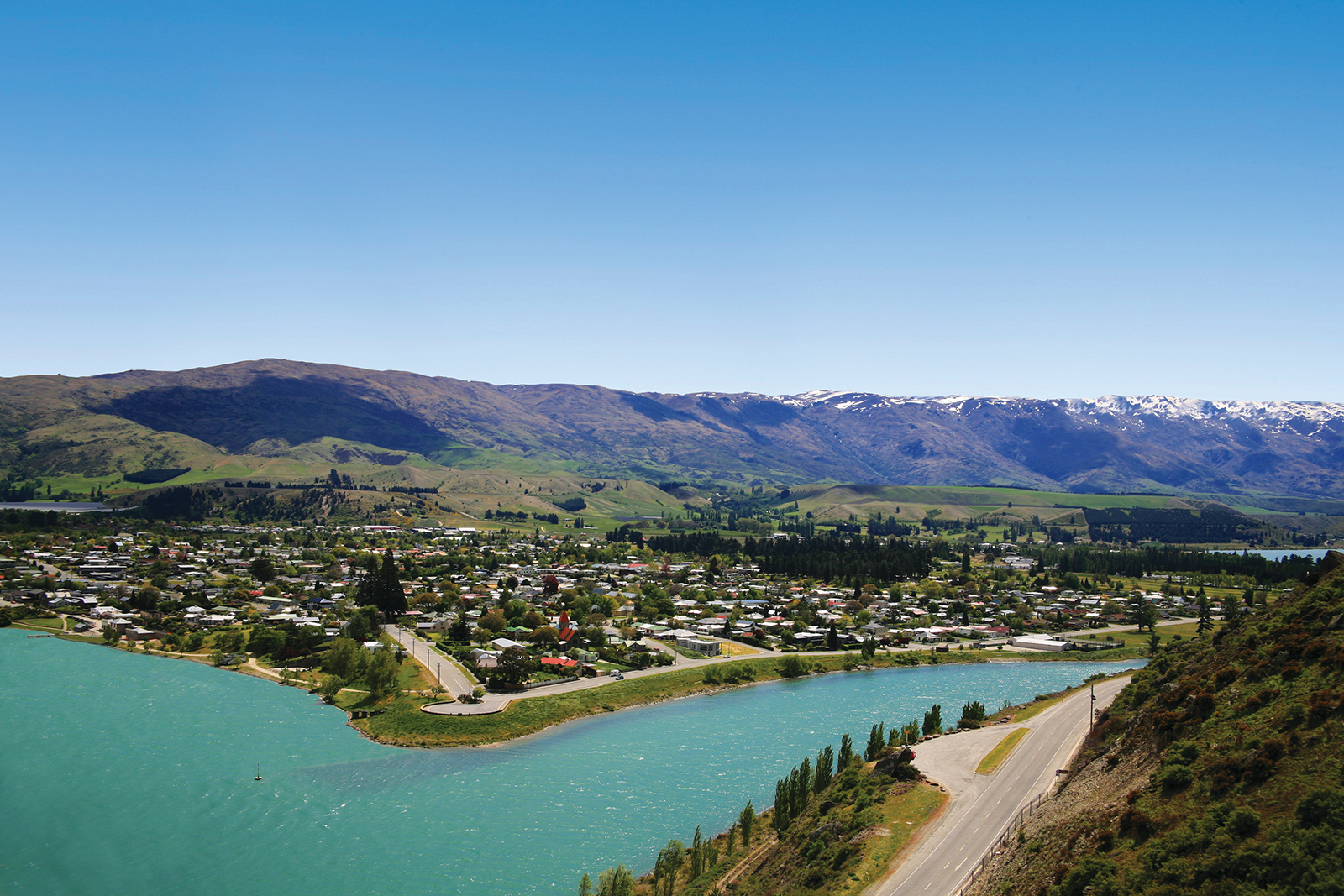 Cromwell >>
Cromwell >>
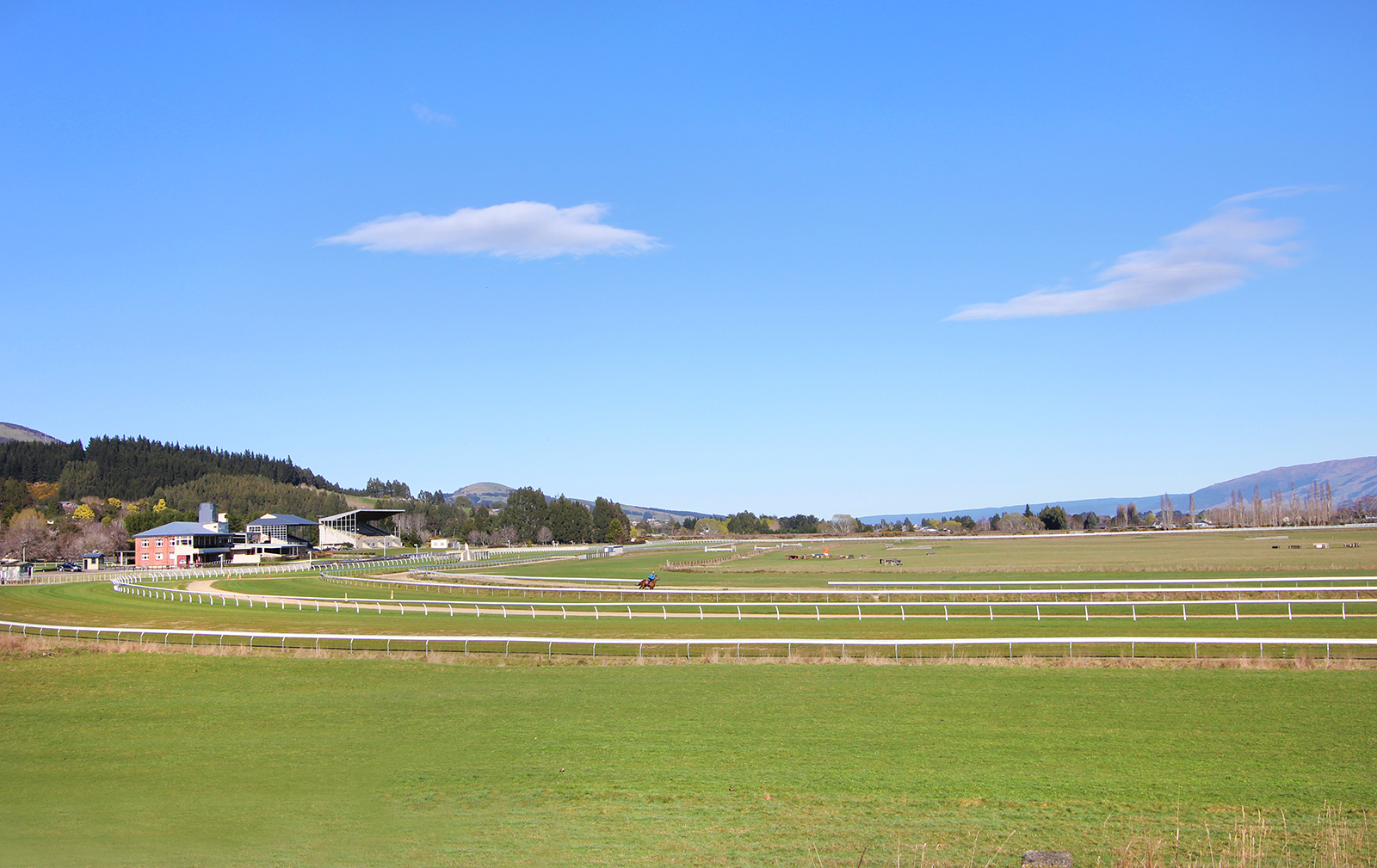 Wingatui >>
Wingatui >>
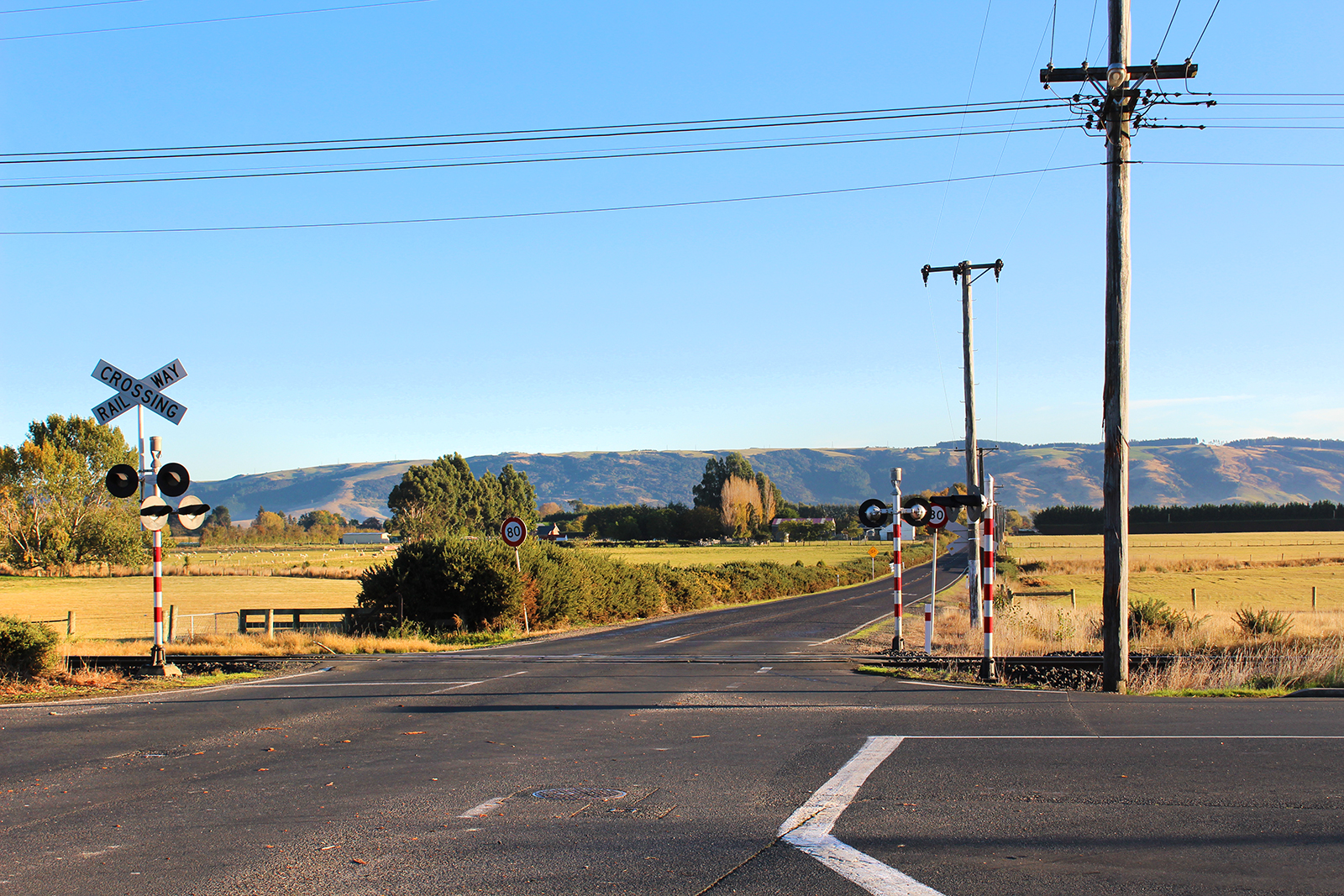 East Taieri >>
East Taieri >>